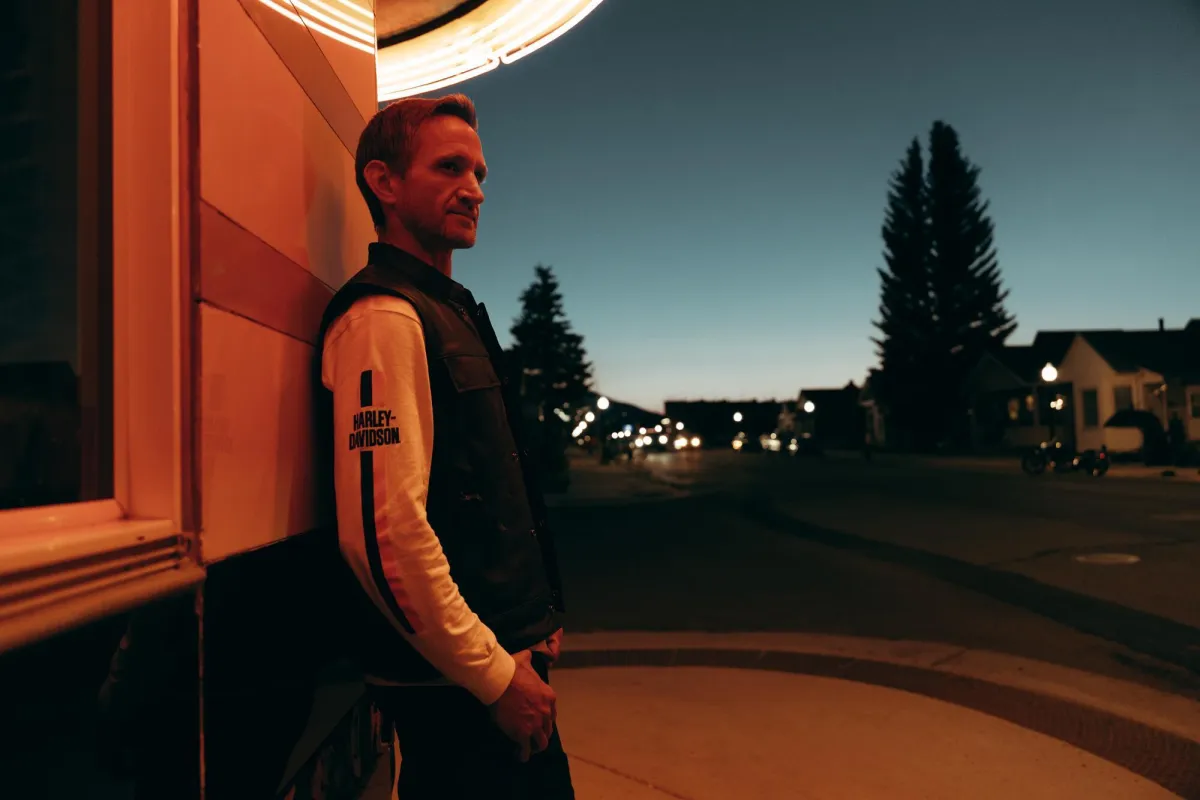Caliente Harley-Davidson Blog

Why the Fat Boy Is One of Harley-Davidson’s Most Iconic Models
Few motorcycles in history carry the instant recognition and cultural impact of the Harley-Davidson Fat Boy. Introduced in 1990, this heavyweight cruiser redefined the look of American motorcycles, blending classic Harley styling with a muscular, modern aesthetic. From its Hollywood blockbuster fame to its legendary solid-disc wheels, the Fat Boy remains one of the most sought-after and respected Harley models ever produced.
The Birth of a Legend How the Fat Boy Was Created
1. The Evolution from the Softail Series (1984-1989)
Before the Fat Boy, Harley-Davidson had already introduced the Softail lineup in 1984, which featured a hidden rear suspension system that gave the look of a rigid frame while maintaining a smooth ride. However, Harley wanted to create a bolder, more imposing version of the Softail—something that would stand out like no other cruiser before it.
2. The 1990 Fat Boy: A New Era Begins
Designed by Willie G. Davidson and Louie Netz, the Fat Boy debuted in 1990 as a radical new Softail model.
It featured beefy proportions, a low-slung stance, and unmistakable solid disc wheels—a first for Harley-Davidson.
The 1340cc Evolution V-twin engine provided reliable torque and smooth cruising power.
Its monochromatic silver and gray paint scheme, combined with yellow badges, gave it a futuristic yet classic look.
From day one, the Fat Boy became a massive hit, offering riders a modern, muscular Harley that still carried the heritage of American cruising.
What Makes the Fat Boy Unique?
1. The Iconic Solid Disc Wheels
One of the most recognizable features of the Fat Boy is its full solid-disc aluminum wheels.
The bold, industrial look set it apart from other Harleys, making it instantly identifiable on the road.
Over the years, these wheels have remained a signature feature, even as the Fat Boy evolved.
2. The Low, Wide, and Muscular Stance
The wide front forks, big fenders, and thick tires give the Fat Boy an imposing presence.
Unlike other cruisers, it has a chunky, solid look that screams power, making it a favorite among riders who love a dominant road presence.
3. Hollywood Fame: The Terminator Connection
The Fat Boy became an instant pop culture icon in 1991 when Arnold Schwarzenegger rode one in "Terminator 2: Judgment Day".
The legendary chase scene, where the Terminator jumps the Fat Boy off a storm drain, turned the bike into a symbol of power and toughness.
Even today, the 1991 Fat Boy from T2 is one of the most famous motorcycles in movie history.
4. Power & Evolution: From Evolution to Milwaukee-Eight
The Fat Boy started with the 1340cc Evolution engine (1990-1999), known for reliability and strong torque.
In 2000, Harley upgraded it to the 1450cc Twin Cam 88, increasing power and smoothness.
The Twin Cam 96 (1584cc) and 103 (1690cc) followed in later models, refining the Fat Boy’s performance.
In 2018, Harley moved the Fat Boy into the new Softail platform, now powered by the Milwaukee-Eight 107 and 114, making it smoother, more powerful, and better handling than ever before.
Why the Fat Boy Has a Cult Following
1. A True Statement Bike
The Fat Boy has always been a bike for riders who want to stand out.
Its solid wheels, fat tires, and aggressive stance make it one of the boldest-looking Harley models ever.
2. Unmatched Ride Comfort
Thanks to the Softail frame and hidden rear suspension, the Fat Boy delivers a comfortable ride while maintaining its classic rigid-frame look.
Over the years, Harley improved the suspension, handling, and braking, making modern Fat Boys more rider-friendly than ever.
3. Customization & Personalization
The Fat Boy is one of the most customized Harley models, with riders adding ape hangers, performance exhausts, custom paint, and LED lighting.
Many Harley riders love the fat tire, aggressive stance look, making it a popular choice for custom builders.
4. Generations of Fans
From original Evo-era Fat Boys to modern Milwaukee-Eight Softails, the bike has a devoted fanbase that spans decades.
Riders who owned a Fat Boy in the ‘90s still cherish them today, while younger riders appreciate the modernized versions.
The Fat Boy Today: Still a Heavyweight Icon
The latest generation of the Fat Boy continues to push forward while keeping its legendary DNA intact. The 2024 Fat Boy features:
✔ Milwaukee-Eight 114 engine (1868cc) – Stronger acceleration & torque
✔ Lighter Softail frame – Better handling & rideability
✔ Bright chrome finishes – A return to classic styling
✔ Signature solid-disc Lakester wheels – Keeping the legend alive
Despite all the modern updates, the Fat Boy remains true to its roots—a bold, muscular, and unmistakable Harley cruiser.
Final Thoughts: The Fat Boy’s Legacy
For over 30 years, the Harley-Davidson Fat Boy has remained one of the most recognizable motorcycles in the world. From its Hollywood fame to its distinctive styling, it’s a bike that commands respect wherever it goes.
For riders who want a powerful, comfortable, and iconic cruiser, the Fat Boy is one of the greatest Harley-Davidsons ever made—and it’s not going anywhere anytime soon.
Fat Boy: The Legend Rolls On.

Facebook
Instagram
TikTok
Youtube